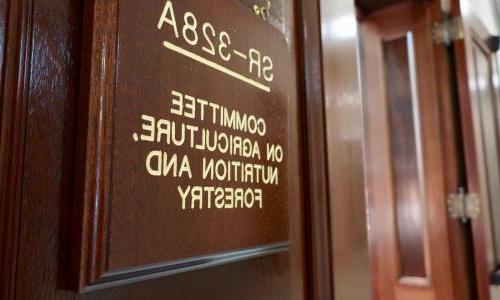School lunch programs are helping kids eat better—but they're fighting an uphill battle in an unhealthy food system.
Childhood obesity is a serious problem, especially for low-income and minority children.
Childhood obesity nearly tripled between 1970 and 2000—and while obesity has leveled off for white children, 对于许多少数民族的孩子来说,这种情况有所增加.
The costs of childhood obesity are high: obese children are more than 10 times more likely to become obese adults–with 90% higher medical costs thanks to increased risk of serious chronic diseases such as type II diabetes and cardiovascular disease.
School lunch can be a powerful tool to improve the diets of 30+ million children who eat them.
平均而言,.S. children eat only 1/3 of recommended fruits and vegetables every day.
Our analysis shows that school lunch programs can help address this problem: students receiving free or reduced price (FRP) school meals between 2004 and 2007 ate more fruits and vegetables than non-FRP students. And the stronger nutrition standards in the Healthy Hunger-Free Kids Act (HHFKA) of 2010 increased fruit and vegetable consumption at school.
Even stronger standards can help ensure that kids get truly healthy food at school.
Our analysis shows that while free and reduced price lunch students eat more healthy foods, 他们也吃得更多 unhealthy foods, such as fast food and sugary drinks...and their risk of obesity increases as they get older.
To reduce that risk, kids need healthier school meals, loaded with fruits and vegetables. 国会正在讨论续签HHKFA, we need to make our voices heard in favor of stronger school lunch standards.
方法
This infographic is based on data from the 2015 UCS report, Lessons from the Lunchroom: Childhood Obesity, School Lunch, and the Way to a Healthier Future.
权利和权限
You are free to use and post this infographic without alterations online, 书面材料, 在演讲中. Any online use must include proper citation and a link to this web page.



